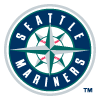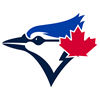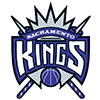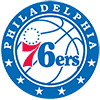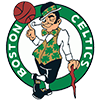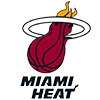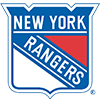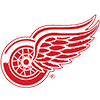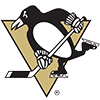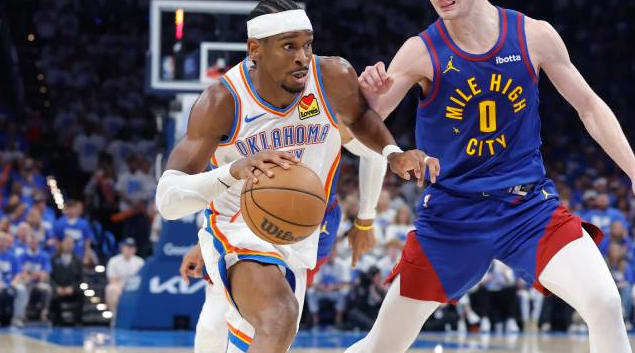No matter which type of NBA fantasy draft you join, the goal is always the same — build a championship-caliber roster. The two most common formats, auction and snake drafts, shape draft-day strategy in very different ways. Understanding those differences is key to maximizing value.
Auction drafts provide all owners with the same dollar amount (usually $200) to bid on players that form their team. Snake drafts set a draft order that reverses each round, so the owner who drafts first in one round drafts last in the following round.
While an owner's fantasy basketball rankings may not change based on the draft style, the two are distinctly different and require unique strategies to maximize success.
Key Differences Between Auction Drafts and Snake Drafts in Fantasy Basketball
The main difference between snake and auction drafts is the availability of players. In a snake draft, the team with the 12th overall pick has no realistic shot at drafting Nikola Jokic or Shai Gilgeous-Alexander, two of the league's best players.
In an auction draft, players like Jokic and SGA can be bid on by all owners so long as the owners have enough dollars remaining. Snake drafts are considered more traditional, while auction drafts are fairer but require draft prep work to produce fantasy basketball auction values that might be a turnoff in more casual leagues.
Snake drafts require less prep work because you simply draft a player each time you're on the clock and consider who's available versus their NBA fantasy ADP. In auction drafts, you'll need to be an active participant each time a player is thrown out for bidding. You also have to stay within your budget to field a competitive team, while also balancing out statistical categories.
How to Use Draft Kit Values Effectively in an Auction Draft Room
Fantasy owners can input their specific league settings (dollar amounts, positions, etc.) and produce their own NBA fantasy draft cheat sheet with projected bids for each player. As an owner, you don't necessarily need to stick to those dollar amounts – if you really like a player, feel free to stretch your budget and add a few dollars to the bidding. Another strategy is to increase bids on a player who doesn't interest you in the hopes an opponent spends more, leaving them short on players you're going after.
Always take NBA projections into account when formulating how much you want to spend on a player. Balance the cost of star power against fielding a team that still has good depth. Also keep an eye on the NBA injury report to see if you can get a player on the cheap who eventually helps you down the stretch.
It's usually a good rule of thumb to nab a few $1 fliers, either for late value or to open up streaming spots you'll use throughout the year. However, keep your league settings in mind (like maximum transactions and bench spots) before assigning dollar amounts to certain players and positions. Remember to consult your fantasy basketball draft kit throughout.
Snake Draft Strategy: Leveraging Rankings to Maximize Each Pick
The first order of business in preparing for a snake draft is figuring out where you'll draft. Players can sign up for mock drafts and choose that slot to get a feel for who may be available, who's dropping, and who's going sooner than anticipated. Unlike auction drafts where everyone is made available to the entire league, you may have to reach early at times on a player knowing that you won't pick again for quite some time (especially if you're slotted on the tail end of the snake).
That means formulating rankings and tweaking them to your liking, but not being afraid to go against the grain depending on who you've already drafted. If your first two rounds were both centers and the best player available on your rankings is another center, feel free to drop down a few slots to find a guard that provides better balance. Your rankings should guide your draft, not be a scientific formula for who to take.
Which Draft Kit Tools Work Best in Auction vs. Snake Formats
The auction value tool will be critical to success in auction drafts. Make sure to tweak your league settings before glancing at the proposed dollar amounts. Checking out sleepers is also a great way to nab players more cheaply than what others may expect.
For snake drafts, evaluating NBA starting lineups is a habit you want to form, along with being familiar with stats and projections, so you can more easily balance your roster with every selection. Because it's slower than an auction draft, it'll be easier to use a Draft Software tool for quick assistance.
Both draft formats are enjoyable, each offering unique challenges and rewards. Whether you're bidding dollar by dollar in an auction or building round by round on the clock in a snake draft, preparation is the key to success. Make sure to subscribe to RotoWire for access to expert projections, rankings and tools that give you the edge on draft day.











